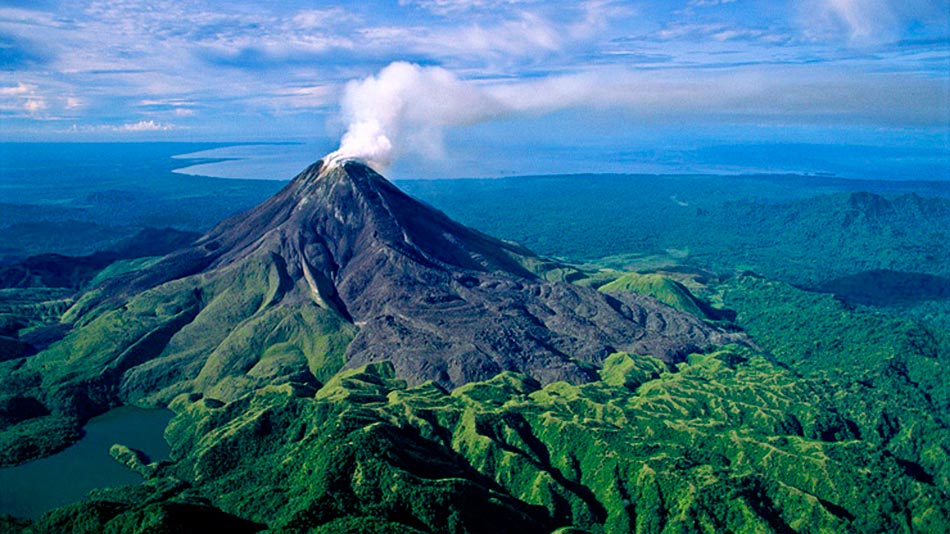
Brief information about New Guinea
 Papua New Guinea is a state in Oceania which occupies the eastern part of the Island of New Guinea and 2 800 offshore islands. It has a land frontier with Indonesia and has outlets to the Pacific and the Indian Ocean, adjoins Australia and the Solomon Islands.
Papua New Guinea is a state in Oceania which occupies the eastern part of the Island of New Guinea and 2 800 offshore islands. It has a land frontier with Indonesia and has outlets to the Pacific and the Indian Ocean, adjoins Australia and the Solomon Islands.
New Guinea was discovered in 1526; in 1545 it got its name for the resemblance of its indigenes with inhabitants of Guinea in Africa.
During the European colonization the land was inhabited with Papuans and Melanesians who lived in conditions of the Stone Age. Their main occupations were hunting, collecting and fishing, the first tools of iron were brought by Europeans.
For a long time, Papua New Guinea had been under authority of other countries: Great Britain, Australia, Germany and even Japan. Only in 1973 it received local government, and in 1975 it became the independent state.
At present its population makes about 6 million people most of which are Papuans and Melanesians. The majority of inhabitants are Christians, others practice traditional local religions.
The climate is tropical, damp, with little variations in temperature during a year. Papua New Guinea has a very rich and various flora and fauna.

